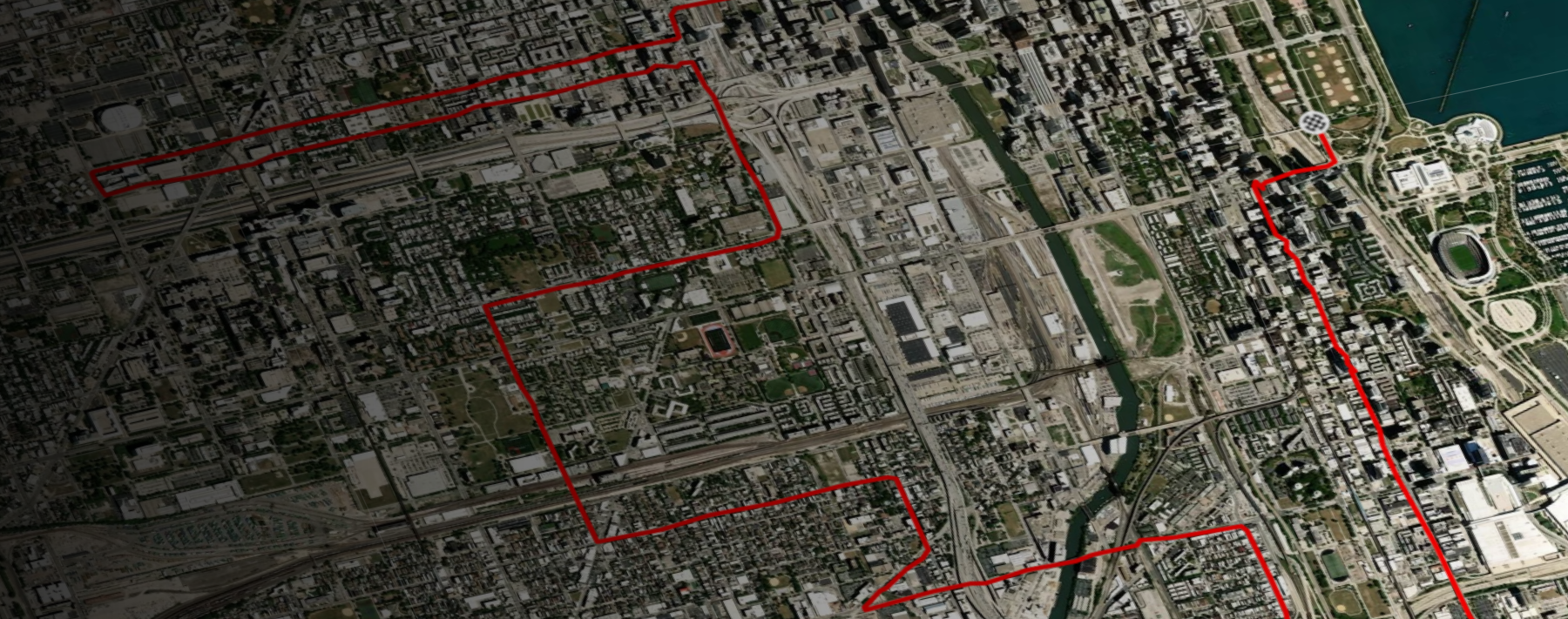Puskas v. Delaware County, 2023 WL 107973 (6th Cir. 2023)
Deanna Puskas called 911, reporting her husband Brian Puskas was threatening her with knives and guns, saying she feared for her life. Deanna stated Puskas had “never acted like this before,” explaining he had high blood pressure and depression and was on “new medication from the doctor.” Deanna also reported that Puskas “threatened to turn her into an ashtray.” Deanna ran to the neighbors’ house and hid behind a truck.
Deputy Swick arrived knowing Puskas had weapons and “was not acting right.” As he arrived at the house, Deputy Swick saw stuff scattered across the lawn and Puskas holding a rifle. Puskas put the rifle down and Deputy Swick told him to get on the ground several times. Instead, Puskas walked toward the house; Deputy Swick followed. Puskas stopped, picked up a bag, pulled out a shotgun and told Swick to “run.” Deputy Swick broadcast that Puskas had a shotgun and there were other weapons on the ground. Puskas dropped the shotgun.
Officer Spring arrived. Together, Officer Spring and Deputy Swick tried to verbally engage Puskas. Deputy Gibson then arrived with police service dog Cash. Puskas ignored the officers’ commands and wandered around the yard, tossing a shirt at them. Deputy Gibson called out, “You’re gonna get bit.” Officer Spring said, “You’re gonna get bit if you don’t .” Deputy Gibson released Cash, who initially targeted the shirt, as Puskas ran toward the house. The officers followed Cash with their guns drawn. Puskas darted behind a tree and picked up a pistol case, before pulling out a revolver. The officers shot Puskas, who died at the hospital.
Deanna Puskas sued, alleging excessive force in deploying Cash and shooting Puskas. The trial court granted summary judgment to the officers. The court of appeals affirmed, relying heavily on the officers’ body worn camera recordings.
The court first considered the deployment of a police service dog to capture Puskas. Though Cash did not bite Puskas, Deanna Puskas claimed her husband fled toward the house only after Cash was sent to apprehend him. She asserted the release of the dog “precipitated the deadly shooting, because it caused Puskas to turn and flee for his safety and pick up a gun.”
At the time Deputy Gibson released Cash, he knew Puskas had threatened his wife with “guns and knives,” twice held a gun in the presence of the officers, and had been acting erratically. Additionally, Puskas had ready access to firearms in the yard and failed to comply with the officers’ orders, even after he was warned he would be bitten if he did not comply. Moreover, the officers believed there were more accessible guns in the house. The court held that the deputies and officers reasonably believed Puskas posed an imminent dangerous threat at the point Cash was deployed.
Deanna Puskas further claimed there were no warnings prior to releasing Cash. The court simply stated, “The video establishes otherwise.” When a video recording captures the events in question, the court noted, “the video controls.” As body worn cameras continue to become more commonly used, officers should remember that each officer becomes the director, cinematographer and lead actor of his or her own video record. In this case, the reasonableness of the decision to deploy a police service dog was based, in large part, on the officers’ warnings, which were clearly audible in the body worn camera recordings, as was the image of Deputy Gibson physically releasing Cash after Puskas turned and ran toward the house.
Officers often do not know that a person posing an imminent threat is mentally ill, nor can officers disregard deadly threats because someone is in mental health crisis.
In challenging the officers’ use of deadly force, Deanna Puskas argued her husband did not “brandish the gun at the officers.” In other words, the officers did not wait to fire until Puskas aimed his gun directly at them. Further, she asserted the officers knew or should have known Puskas was suffering from mental illness, creating a duty to de-escalate the situation before using deadly force. The court did not analyze whether Deputy Swick and Officer Spring’s efforts to verbally engage Puskas amounted to meaningful de-escalation attempts. However, the court’s response to this claim is particularly instructive for officers facing similar circumstances.
The Supreme Court’s direction for analyzing an officer’s use of force is well-established. Every court assessing an officer’s force action is to consider the threshold factors of (1) “the severity of the crime at issue,” (2) “whether the suspect posed an immediate threat to the safety of the officers or others,” and (3) “whether he was actively resisting arrest or attempting to evade arrest by flight.” The court must apply these factors from the perspective of a reasonable officer at the scene, not from “the 20/20 vision of hindsight” (Graham v. Connor, 490 U.S. 386 (1989)). Moreover, the Supreme Court has also held that the analysis must focus on “the moment immediately preceding the shooting” (Los Angeles v. Mendez, 581 U.S. 420 (2017)).
When a court is considering use of force where officers are responding “to a medical or mental health emergency,” courts may consider additional factors. Courts can question (1) whether the person was experiencing a mental health or medical emergency and whether that emergency created an immediate threat of serious harm to themselves or others, (2) whether some degree of force was reasonably necessary to ameliorate the immediate threat, and (3) whether the force used was more than reasonably necessary under the circumstances (Hill v. Miracle, 853 F.3d 306 (6th Cir. 2017)). (Note: See a discussion of use of force during medical and mental health crises and explore how courts view the duty to de-escalate a mental health crisis.)
Though the court discussed additional considerations for officers using force in an apparent mental health crisis, the court emphasized the “officers were responding to a live crime scene, with a noncompliant, erratic, and most important, armed suspect…Puskas had a gun in his hand and the situation was tense, uncertain, and rapidly evolving.” Officers often do not know that a person posing an imminent threat is mentally ill, nor can officers disregard deadly threats because someone is in mental health crisis. It is easy to empathize with Deanna Puskas. Her heavily armed husband, perhaps affected by a change in medication, threatened to kill her with guns and knives. She called the police because she feared for her life. Twice grabbing a gun as he confronted law enforcement, mentally ill or not, Puskas posed an imminent threat to the deputies and officers. Consistent with its prior rulings, the court held that “an officer is not absolutely barred from using lethal force on mentally ill individuals.”



